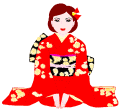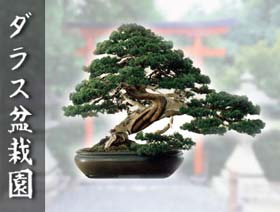|
Chinese
Elm belongs to a kind of elegant deciduous trees coming from
Japan, China and Caucasian areas and
strictly related to the Ulmus species, which generally
represent the European genus. They grow strongly and have short
straight branches, which divided themselves into long thin
twigs. The thick foliage made of thin twigs makes them perfect
for Broom style. They can be put among the bonsais which present
the best aspect in winter, when they are bare. Anyway this
optimum is anticipated by the show of leaves colours before the
falling: from yellow to orange, from bronze to crimson. As the
branches of this species are thick and delicate, also Multiple
Trunk style is advisable.
|





